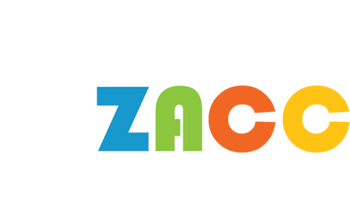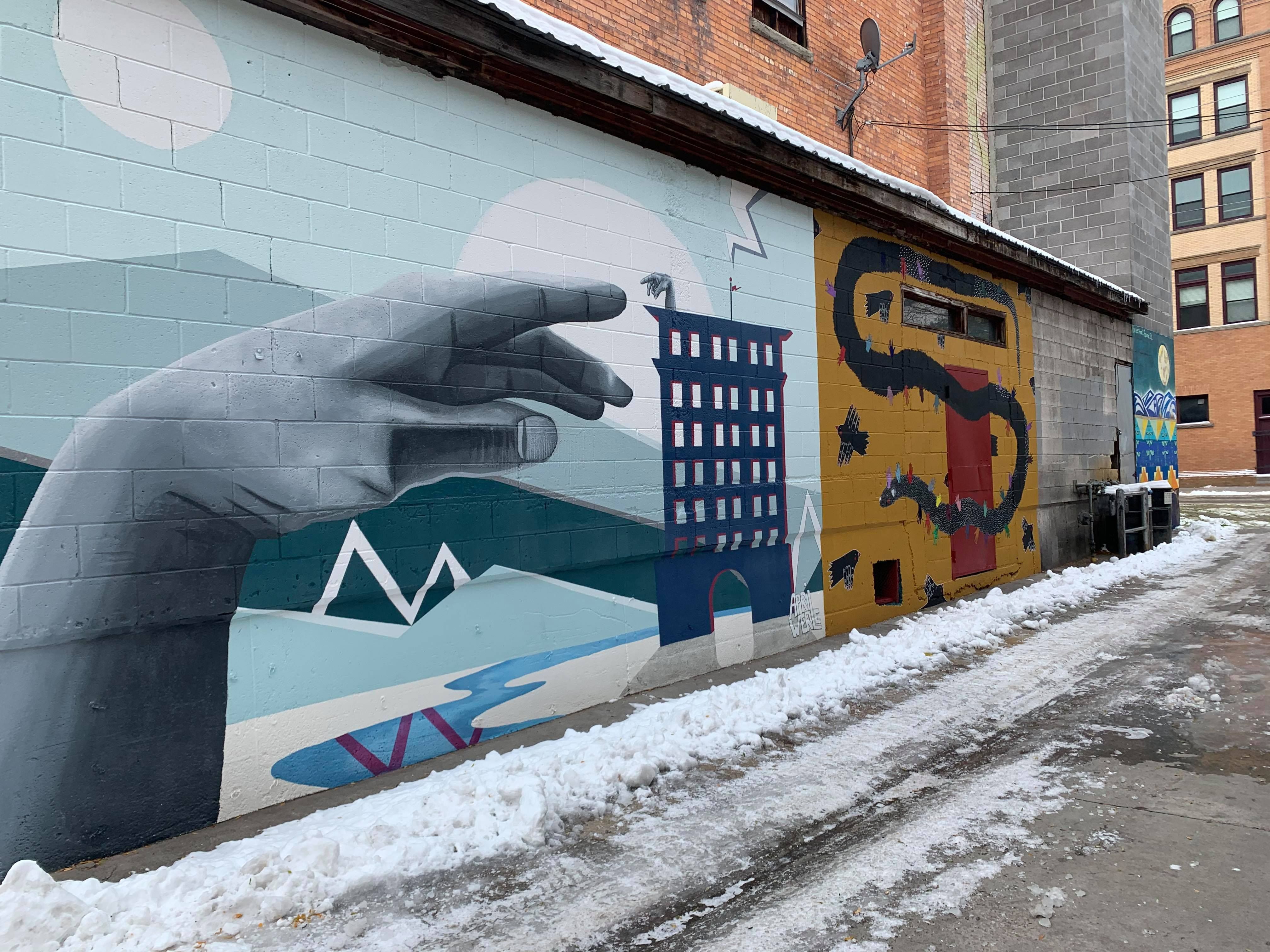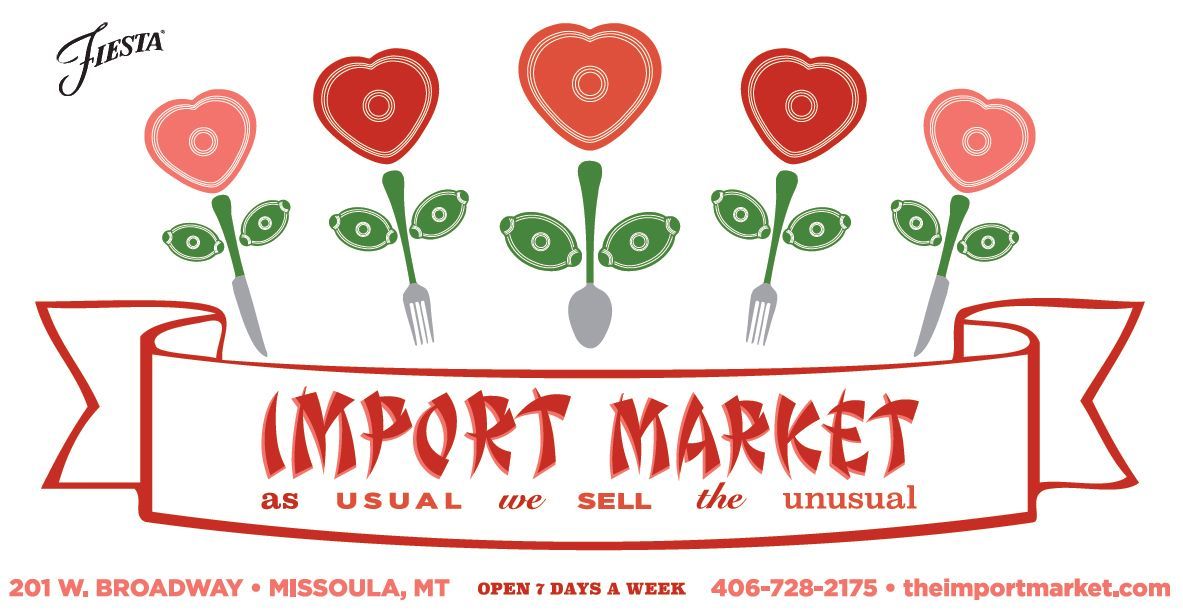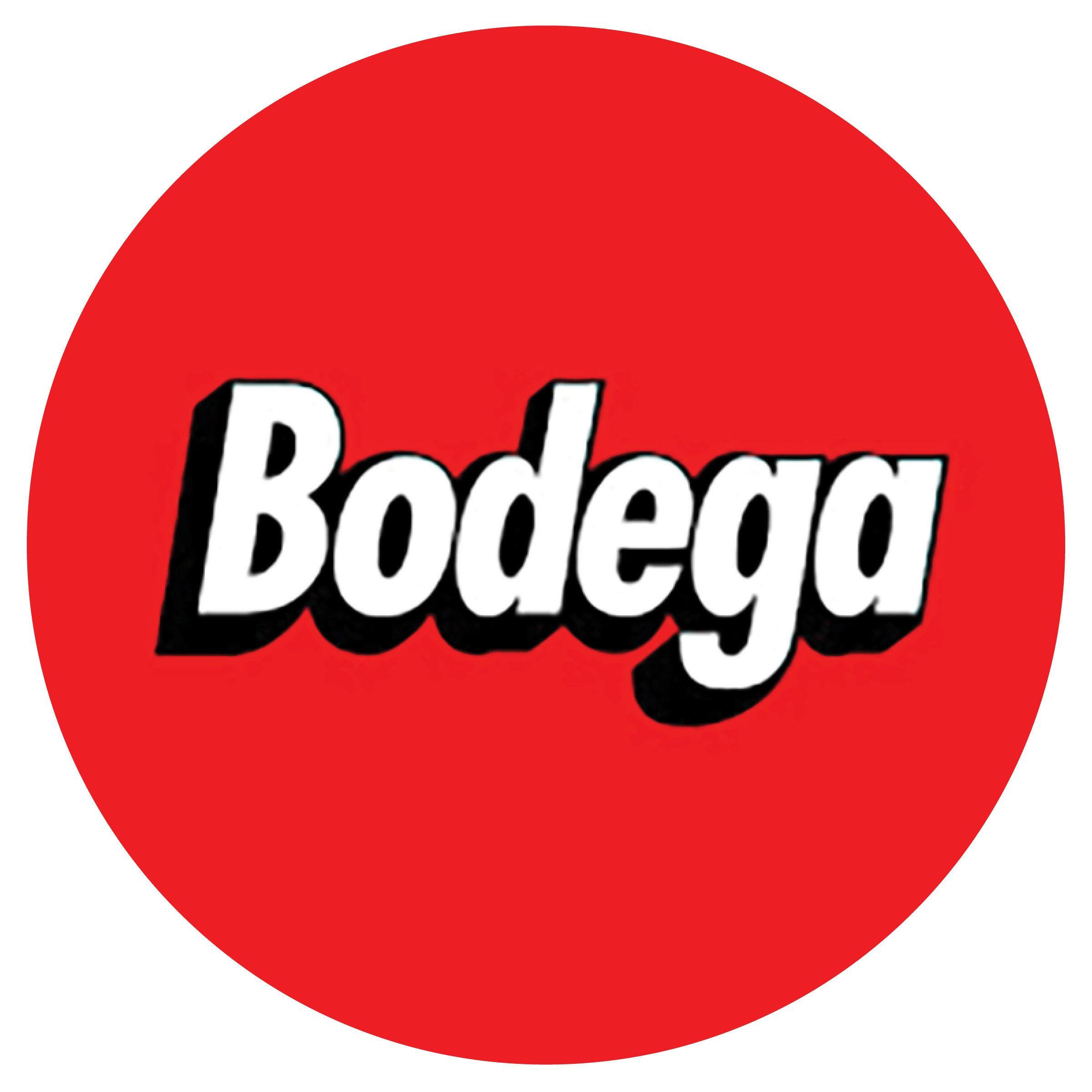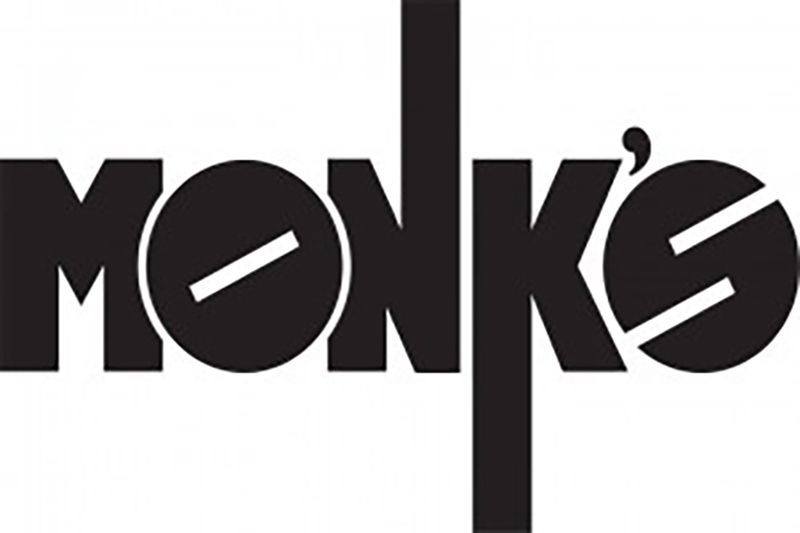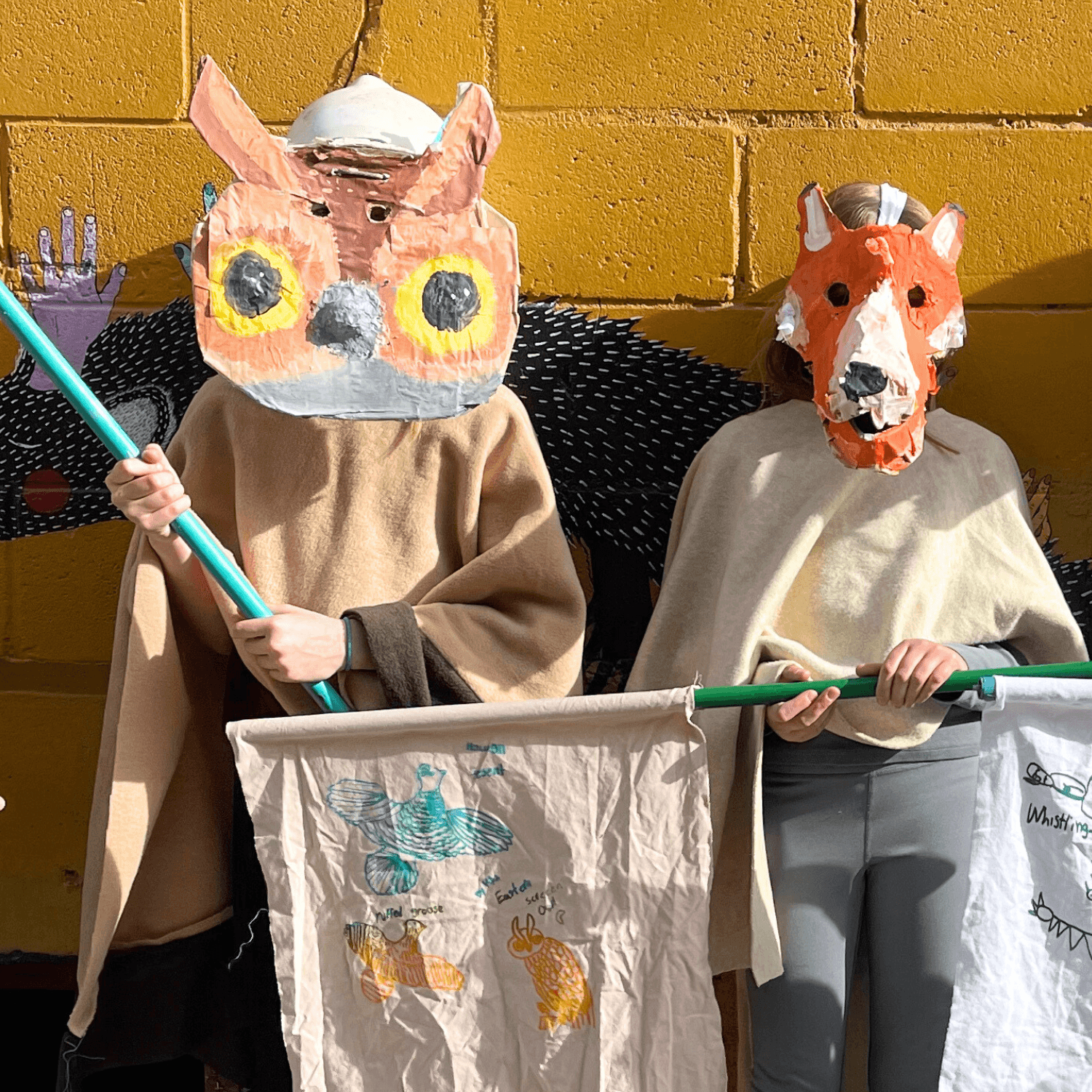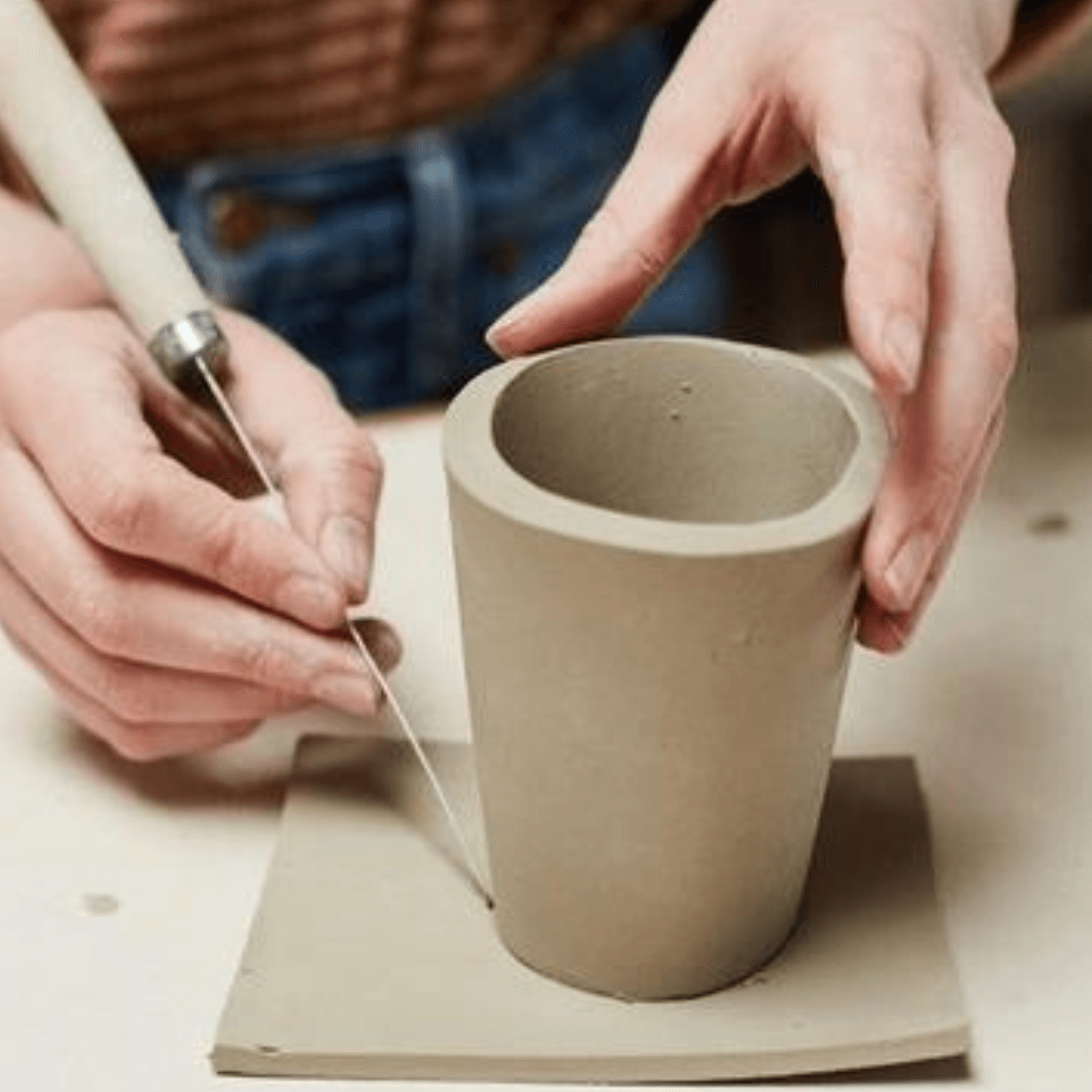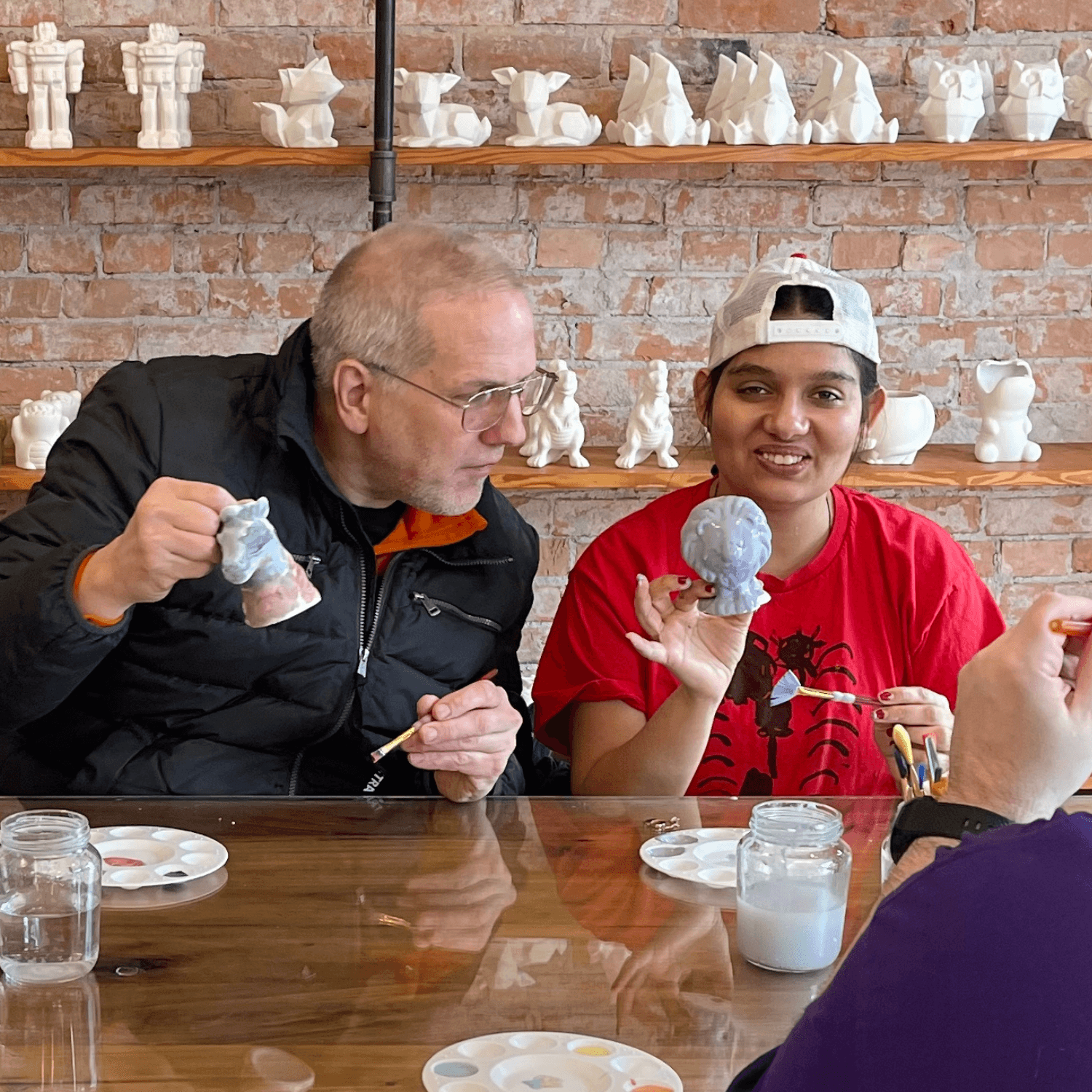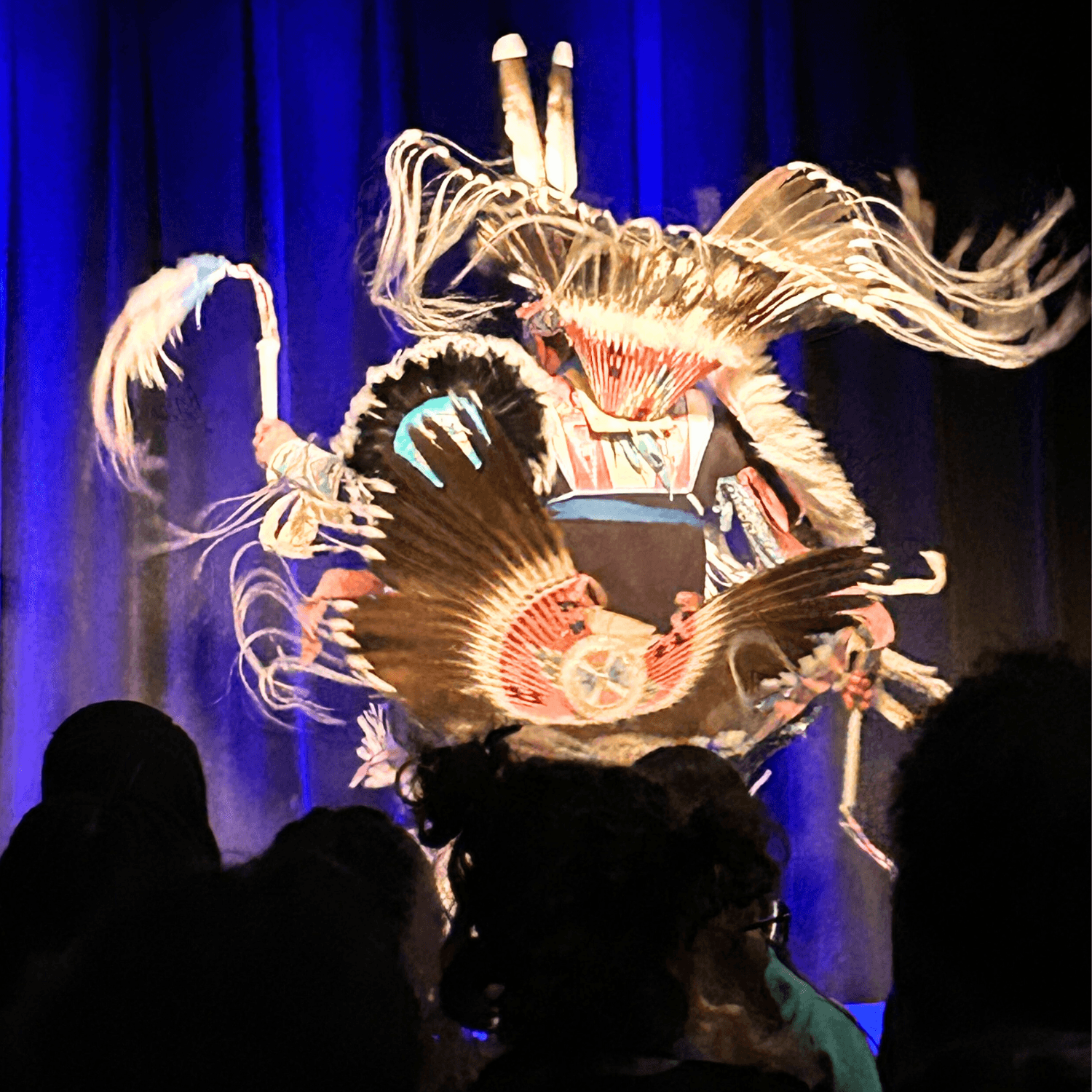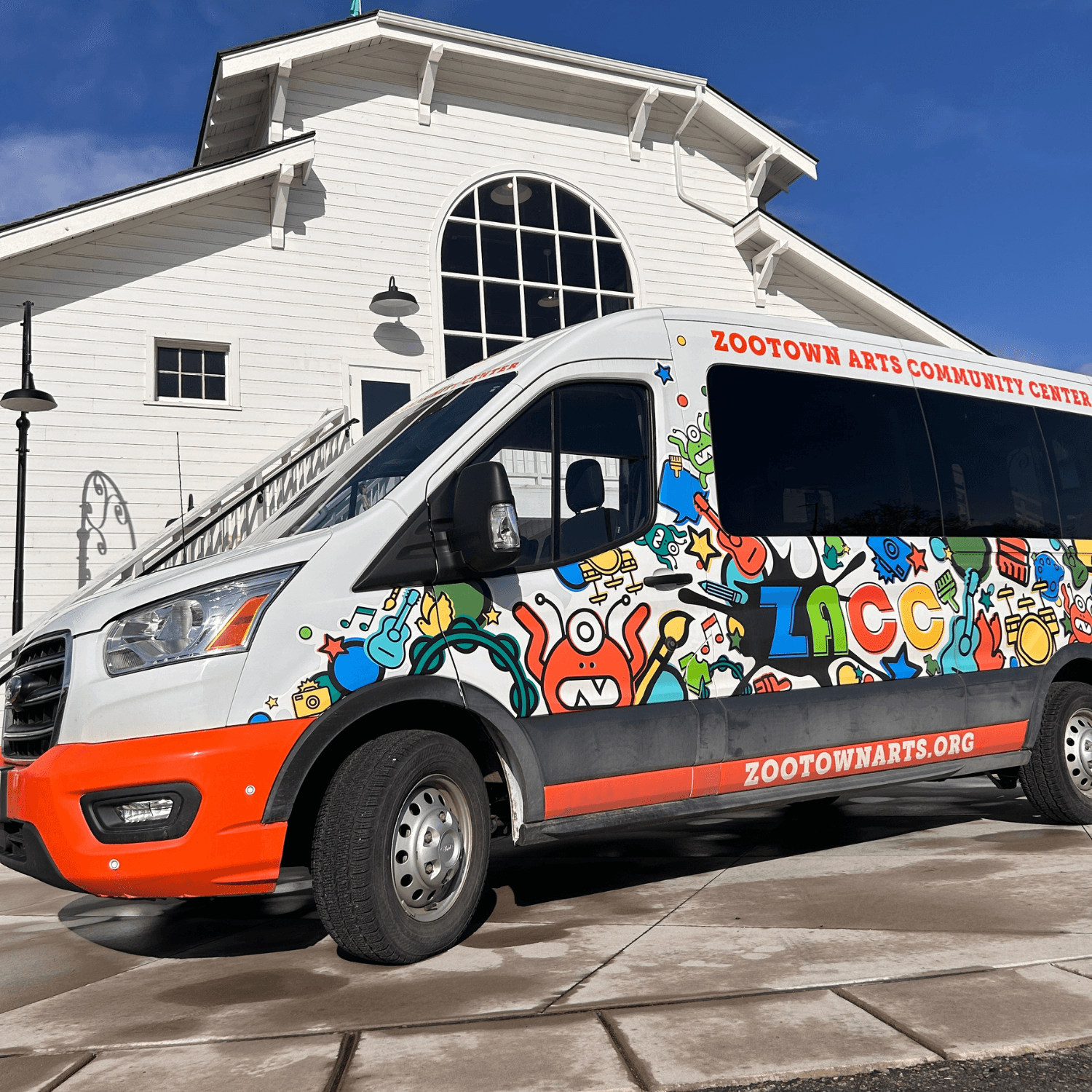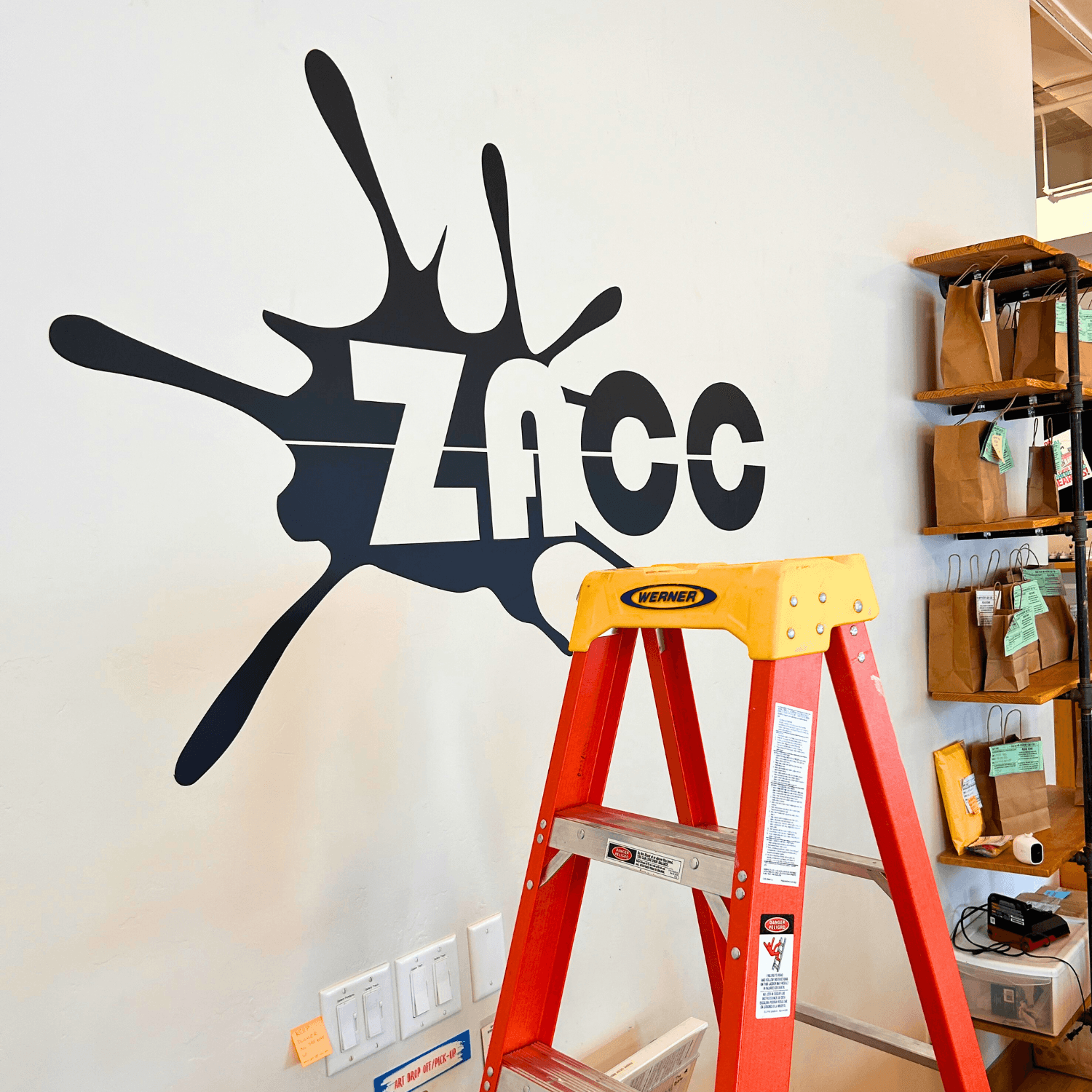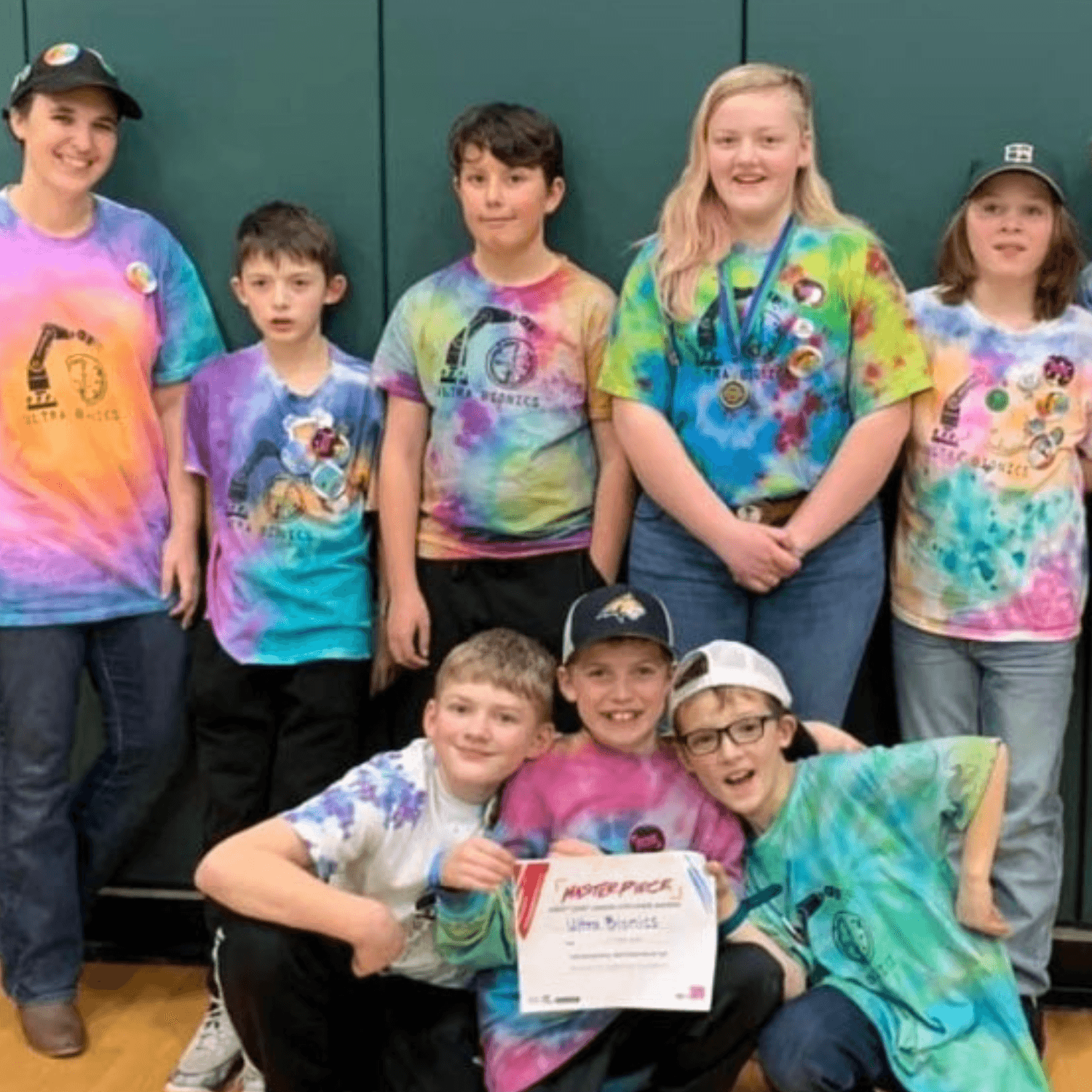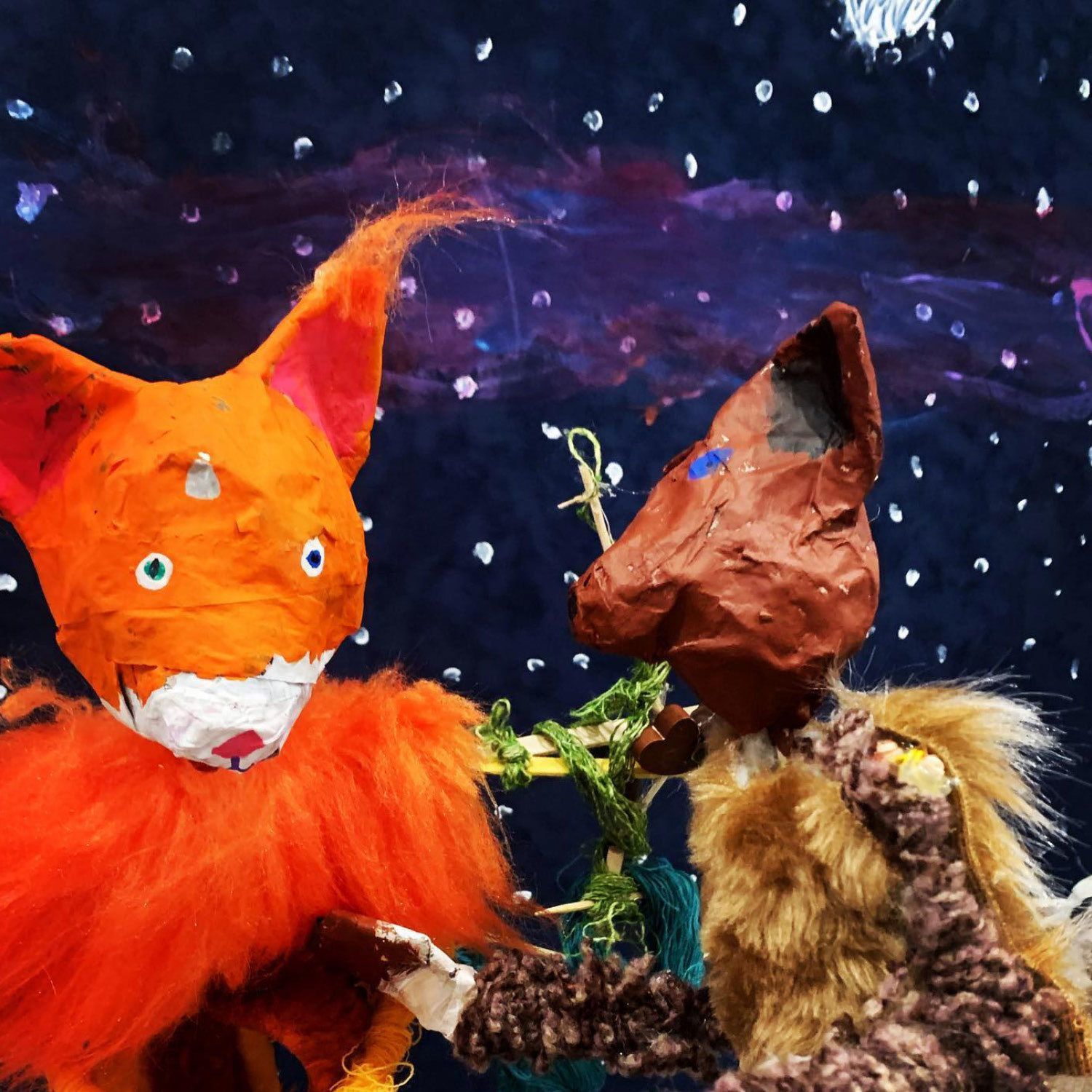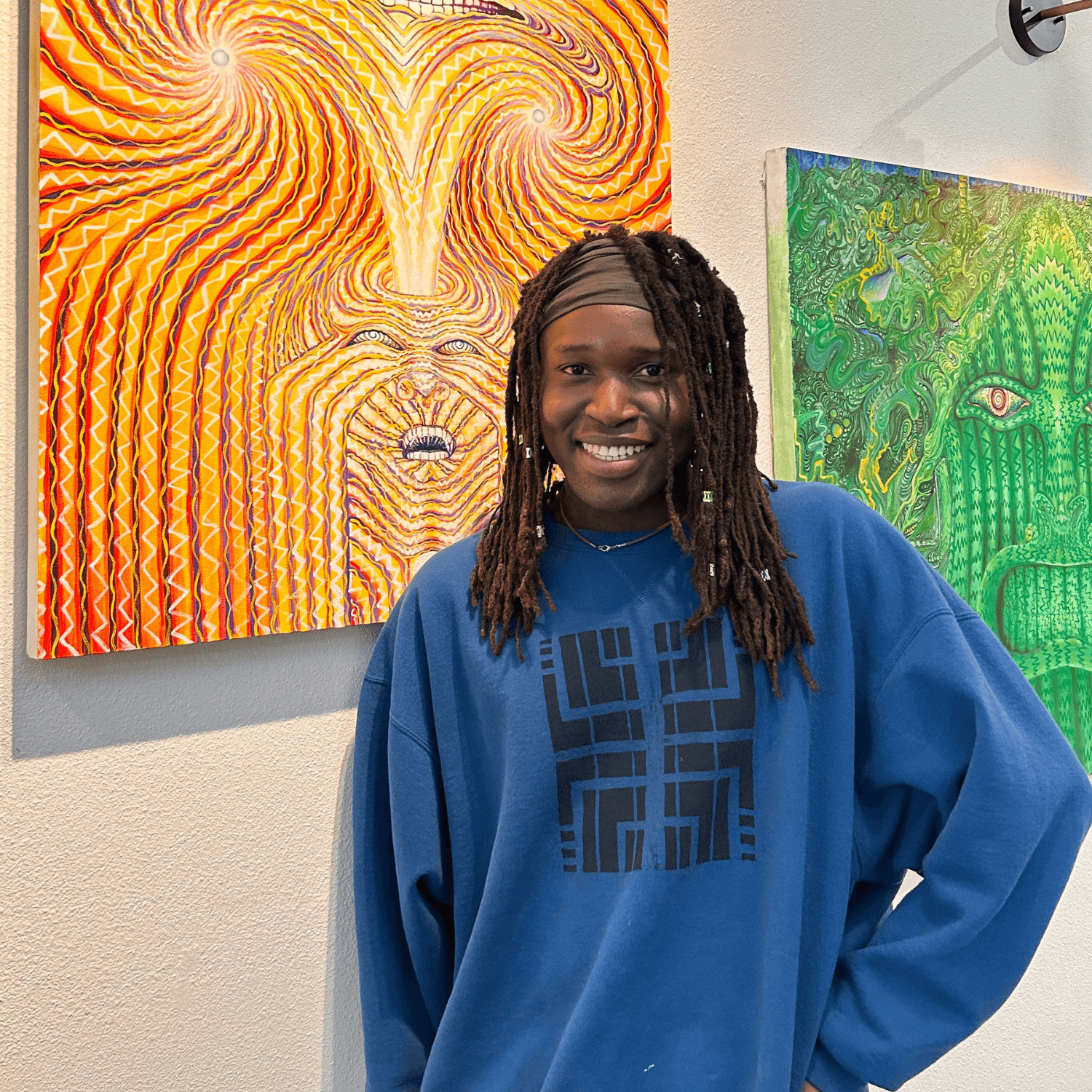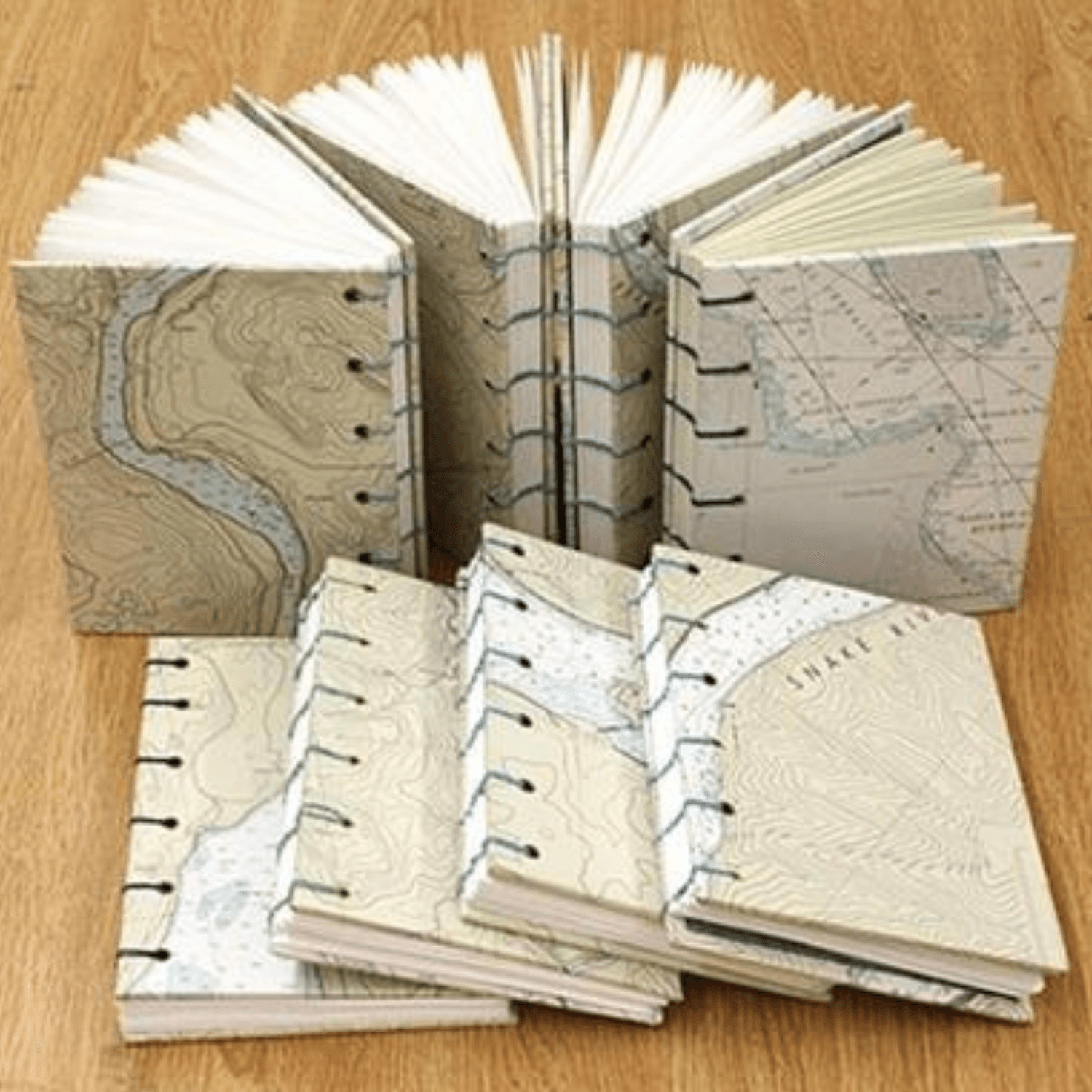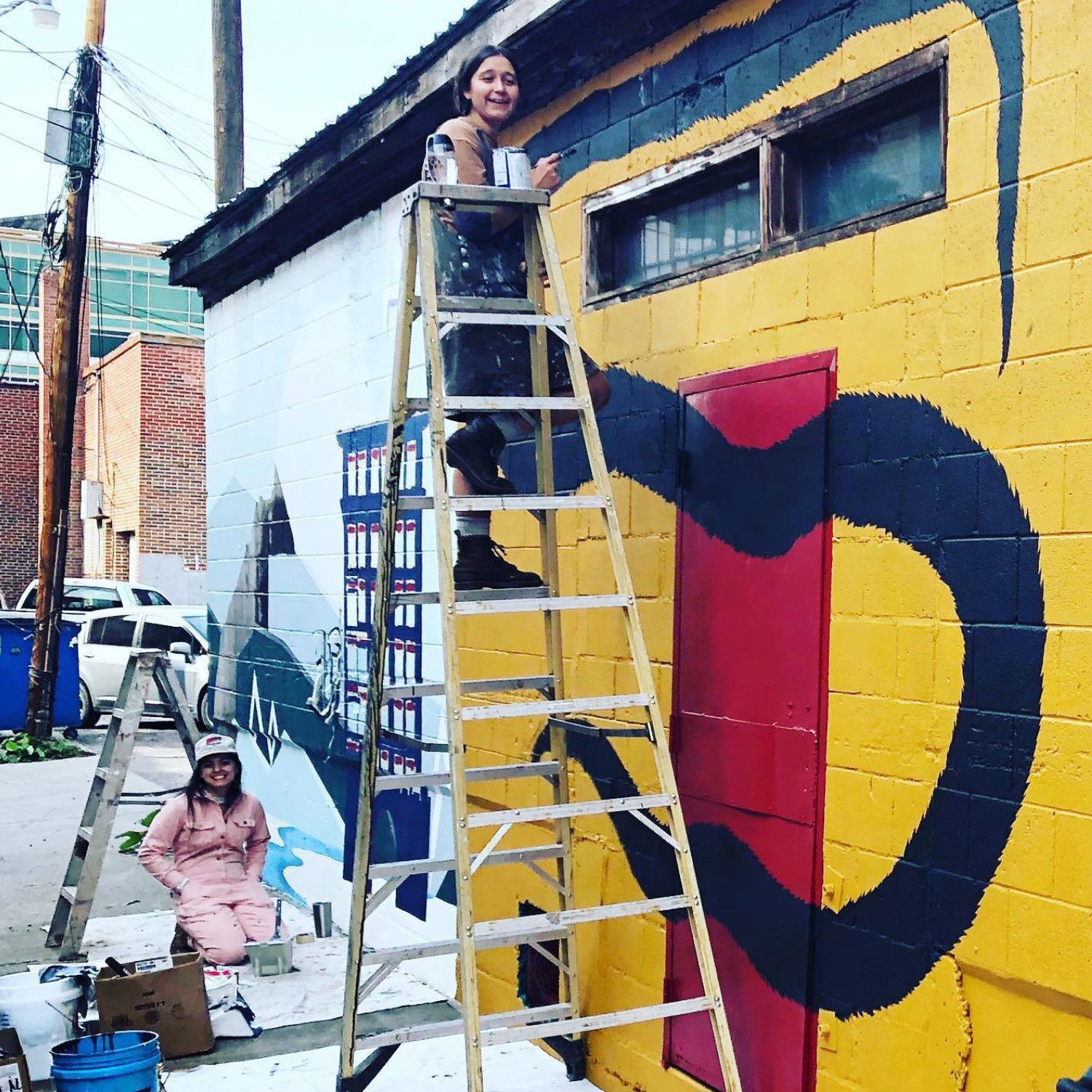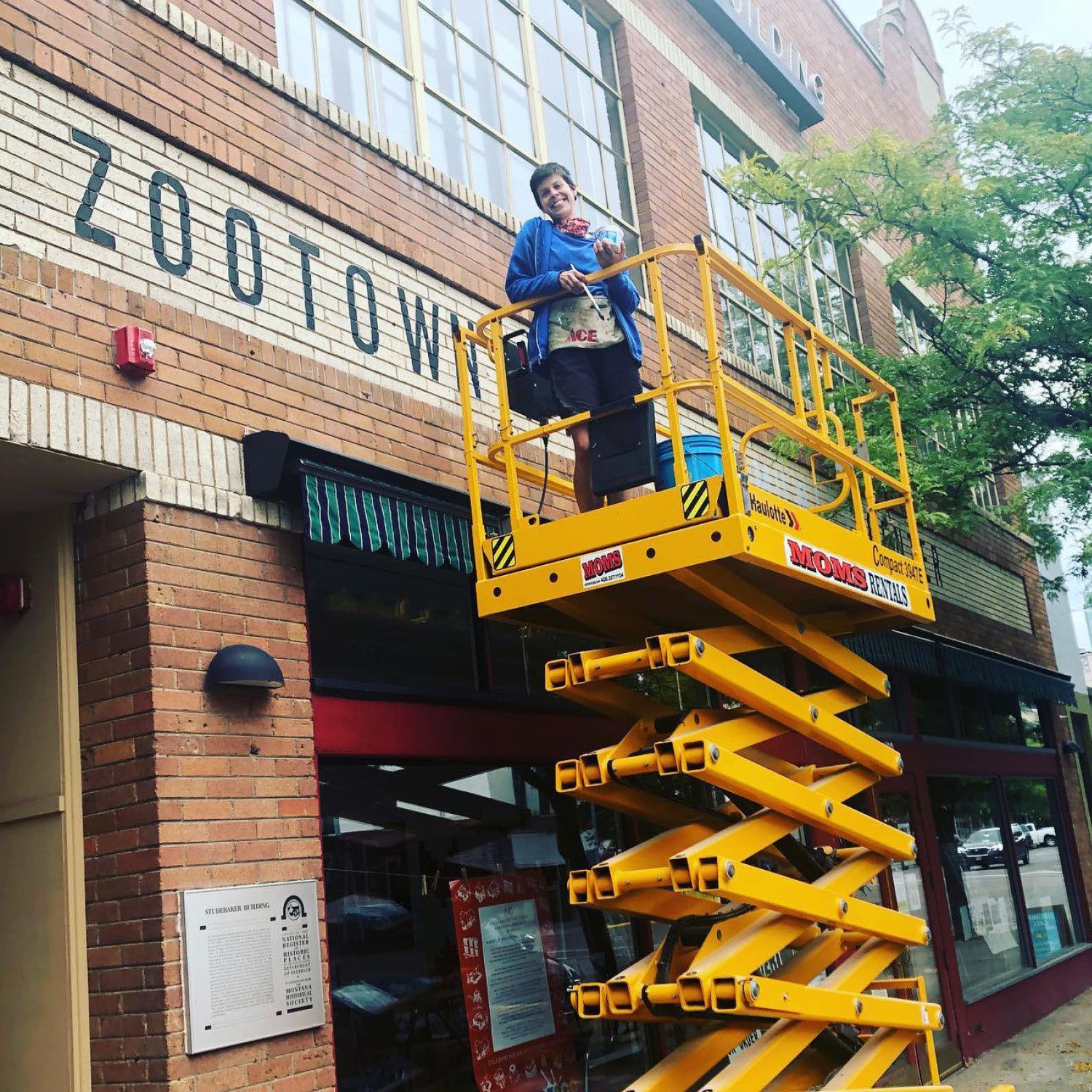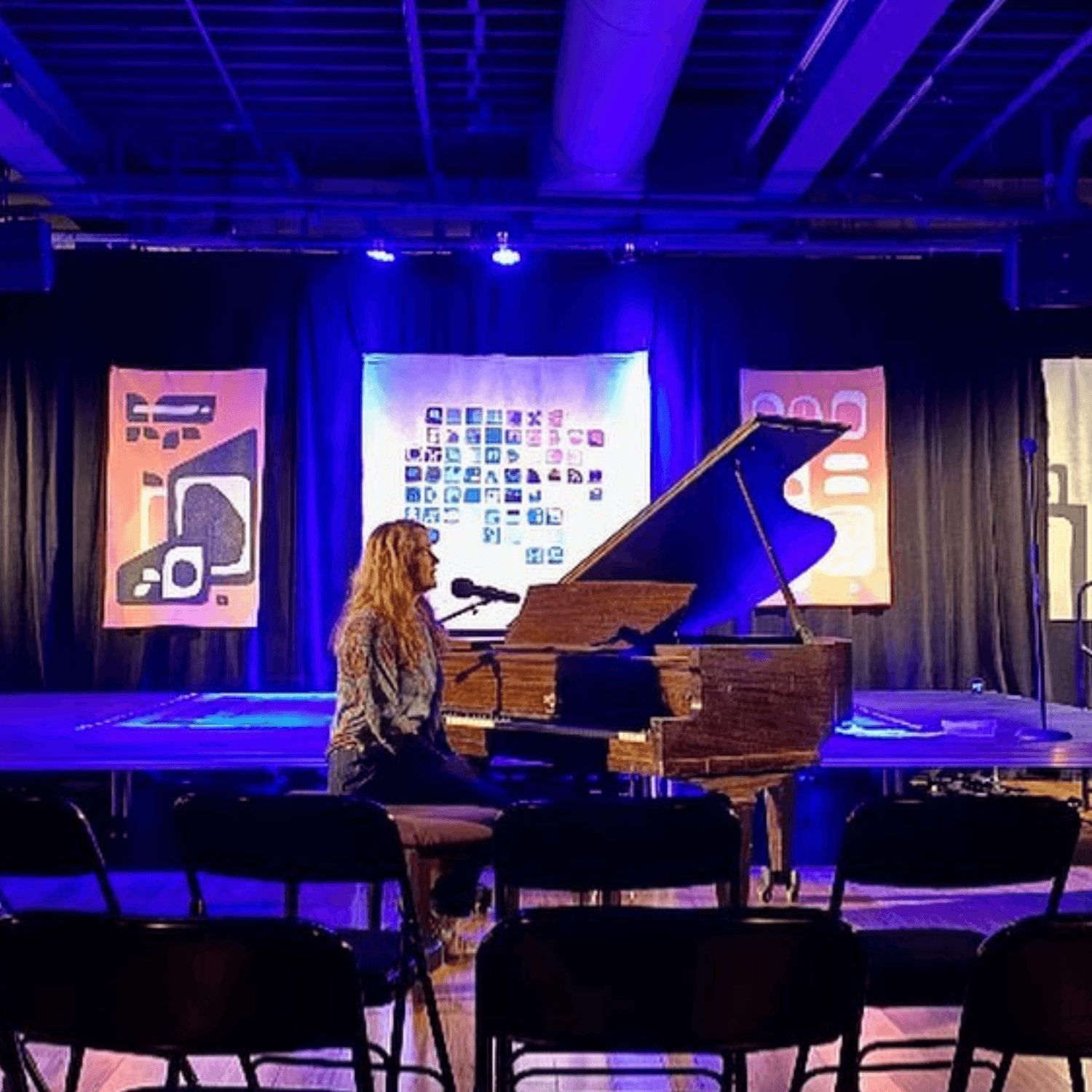ABOUT THE PROJECT
With financial support from the National Endowment for the Arts, and the enthusiastic permission of local businesses the Import Market, the Bodega Bar & Grill, and Monk's Bar, the ZACC hired four artists to create murals in the alley behind the ZACC in downtown, Missoula.
Muralists were tasked to create works on the subject of 'Feeling Welcome', and reached out to traditionally underserved communities and disenfranchised Missoula residents and included them in shaping the design.
MEET THE ARTISTS
-
APRIL WERLE
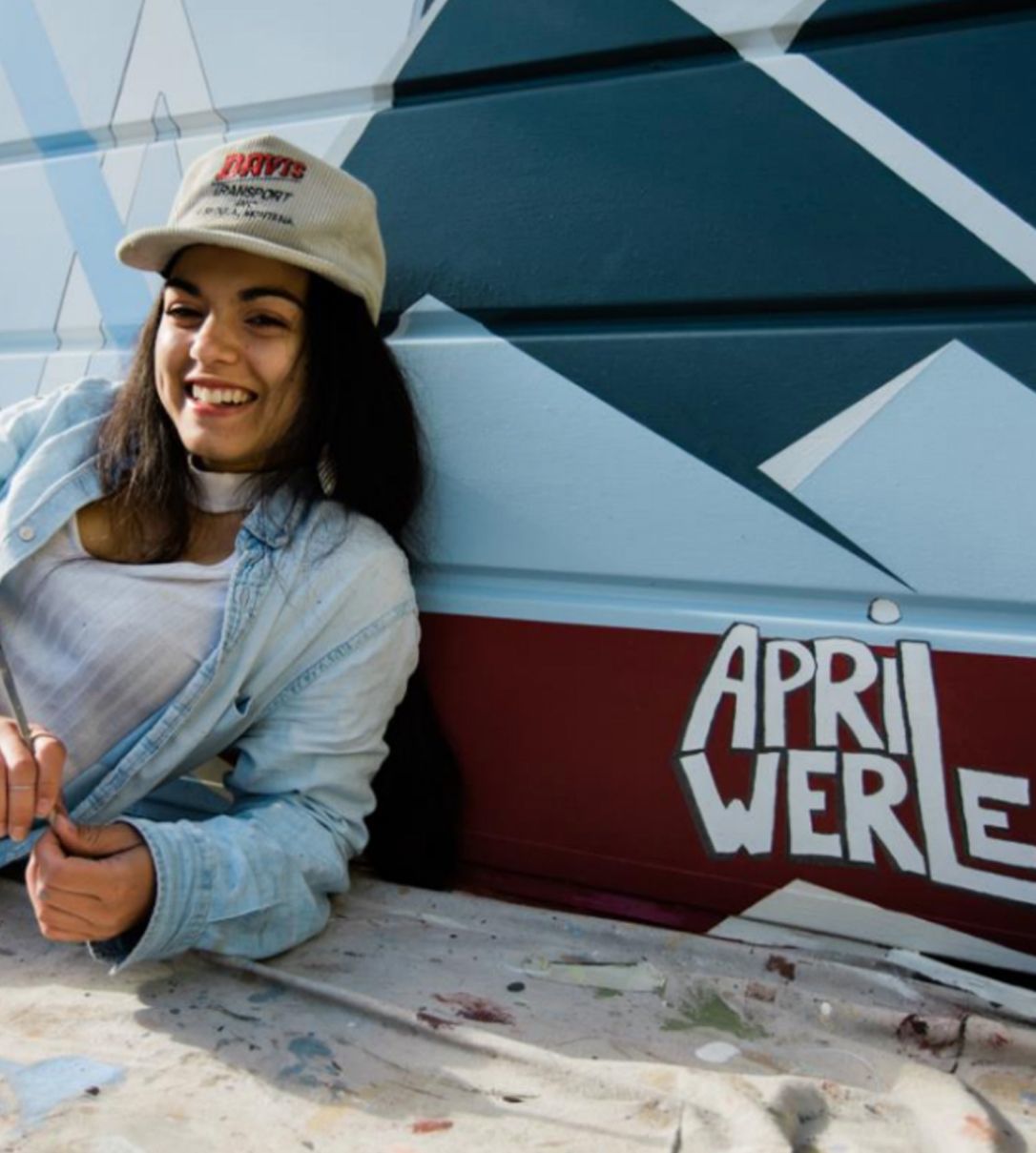
Since receiving her Bachelor of Fine Arts in Drawing from the University of Montana in 2017, Filipino-American International Muralist April Werle has been wall hunting, ticking countries off her list from the shores of Morocco, to islands of Malaysia, the mountains of Montana, and walls in between. Werle’s bursting-of-color murals and works on panel offer short narratives inspired by her navigation through her cultural upbringing and travels to foreign places. Her reoccurring characters, recognized as hand gestures, existing and interacting within their constructed environments, represent themes of the classic coming-of-age tales, exploring who we are and how we navigate through society as we follow our own true identities.
-
STELLA NALL
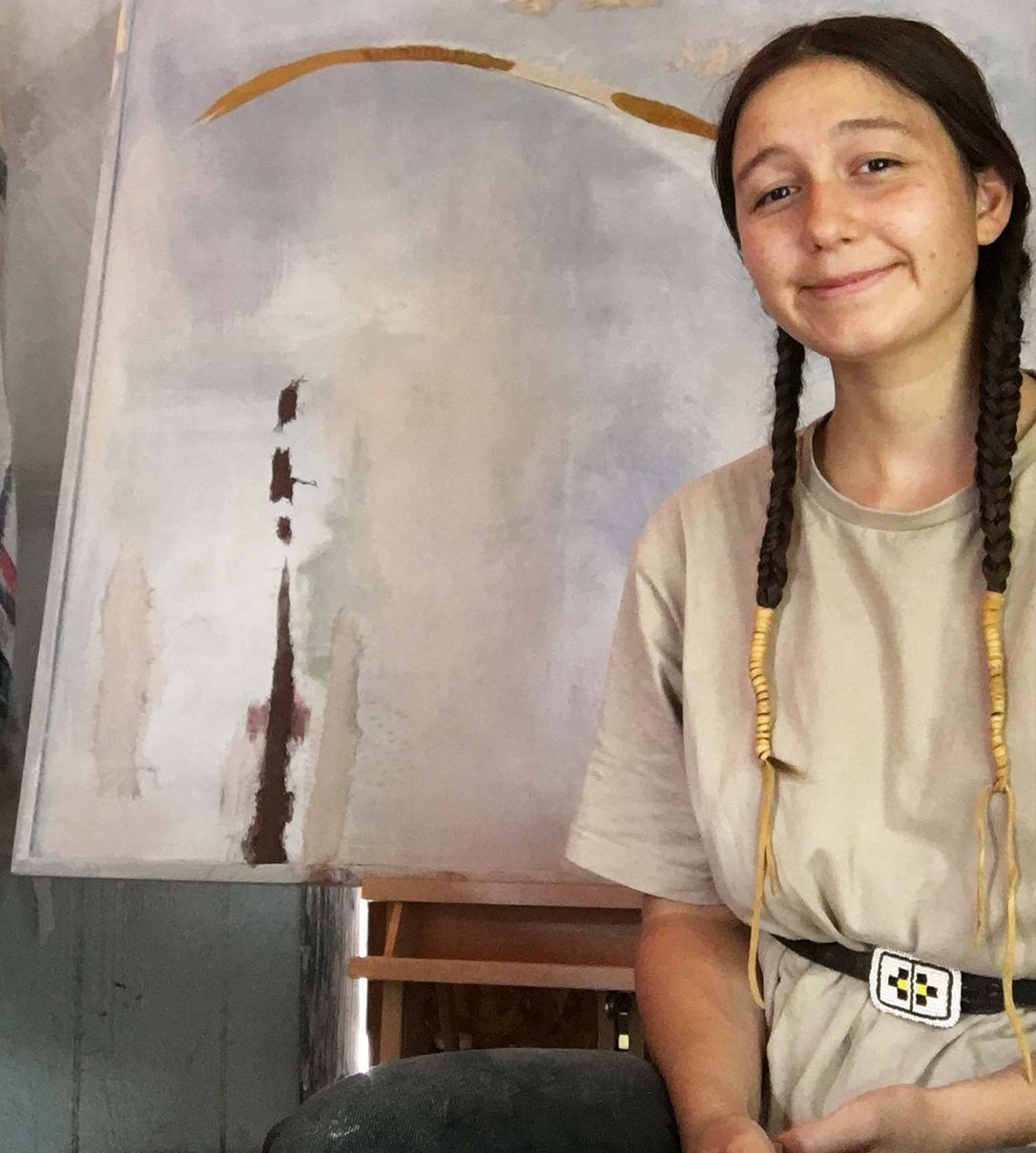
Stella Nall is a multimedia artist and poet from Bozeman, Montana. She graduated from the University of Montana in 2020 with a BA in Psychology and a BFA in Printmaking with a minor in Art History + Criticism, for which she was elected as the Mortar Board outstanding graduate for the School of Visual and Media Arts. She is a mixed race Indigenous woman, descendant of the Crow Tribe. Her work has
been featured in Scribendi Literature and Arts Magazine and she is the 2020 recipient of the Western Regional Honors Council Award for Visual Art. Her work lives in numerous public and private collections, including The Montana Museum of Art and Culture and the Smithsonian National Museum of the American Indian. -
WILLOW KIPP
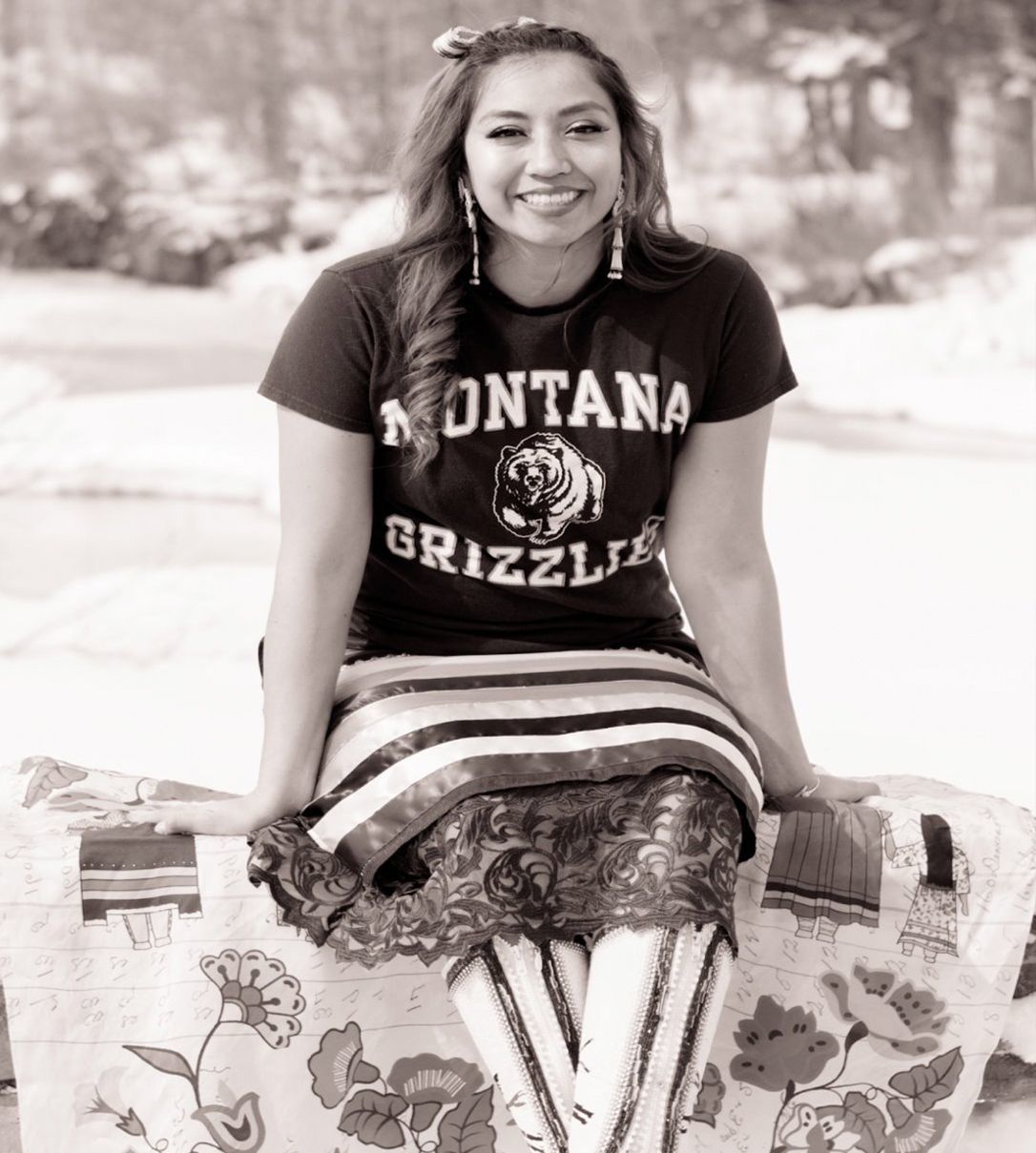
Tribes: Shoshone-Bannock and Blackfeet Tribes (Located in Browning Montana and Fort Hall Idaho), Indigenous to the United States
I am a graduate of the University of Montana and I received my Bachelor’s degree in Native American and Environmental Studies. I am the 9th - 12 grade Arts teacher for the Heart Butte Warriors, located in Heart Butte, MT. I am also a student of the American Indian Arts Institute (IAIA) located in Santa Fe, NM. Ultimately, giving back to my communities through culture, education, and art is what I am most passionate about.
Culter is my guiding force in my identity and development as an artist. My style and creativity comes from understanding the distinct styles of my tribes and creating stories using our unique designs. I take pride in using traditional techniques and creating my own style.
-
CRISTINA MARIAN
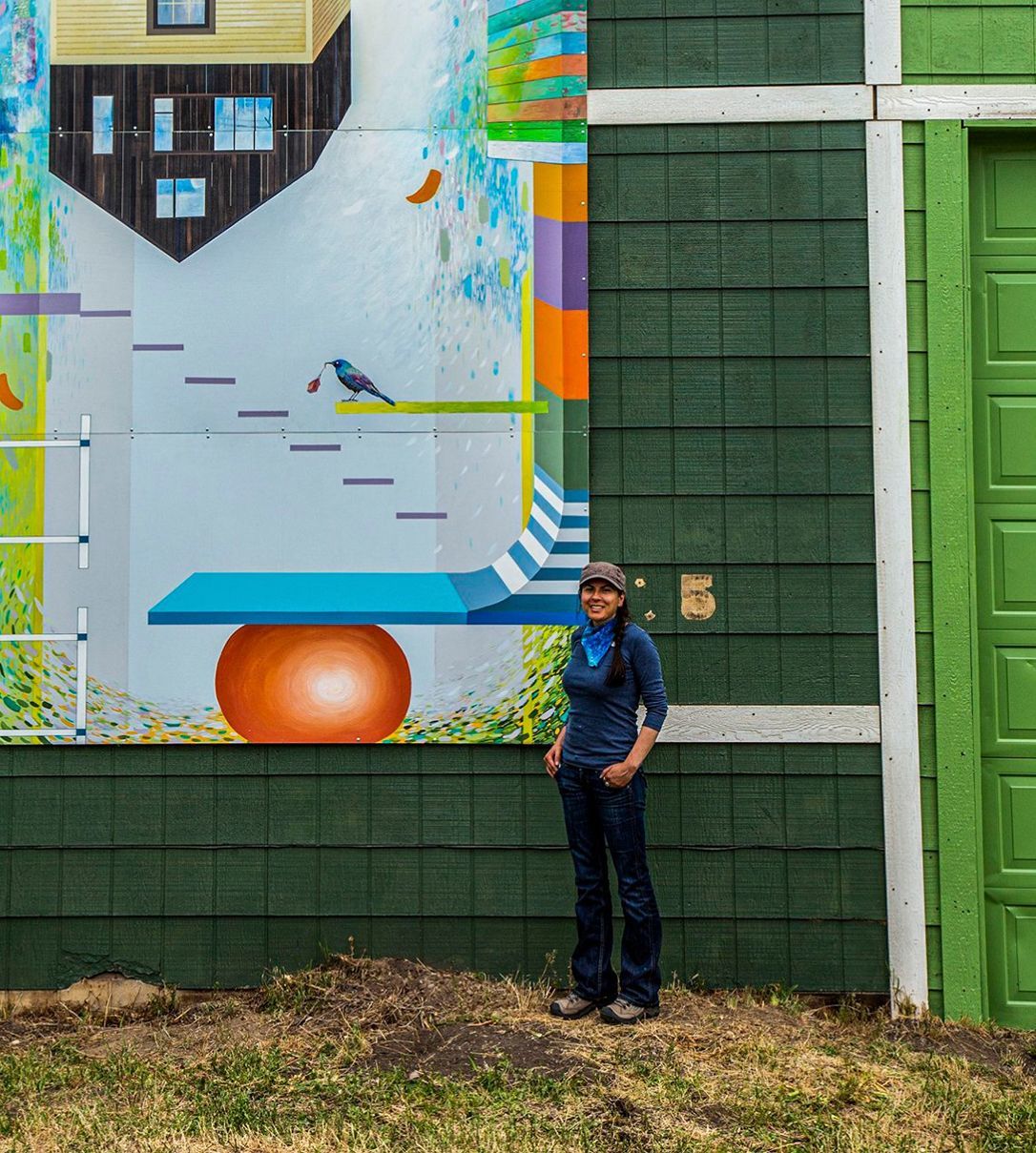
Originally from Romania, Cristina Marian moved to the United States in 2013. In Bozeman, Montana, she divides her time between working in the studio, exhibiting her artwork and teaching.
Throughout her life, Marian often found herself on the edge of vulnerability, in which her feeling of belonging to one place was often replaced by the sense of living in constant movement, unpredictable spaces and states of unknown. “’Permanent Transitional Being’ is the expression that best describes my personal circumstances,” Marian says. Moving by herself at the end of 8th grade from the countryside to a city of two million in order to study art, losing her home to a fire, witnessing the violent Romanian Revolution, living between two divergent political regimes and later emigrating to the U.S., all contributed to the feeling of permanent transition. These experiences have a strong influence on her artwork.
Marian’s work has been exhibited in Romania, Austria, France, Israel, Senegal and the U.S. At the moment she has work at the Yellowstone Art Museum in Billings, and two public murals and one sculpture at Tinworks 2020 in Bozeman. Neither Here Nor There is her most recent solo show, now on display at Story Mill, in Bozeman.
SEE THE MURALS
-
APRIL'S MURAL
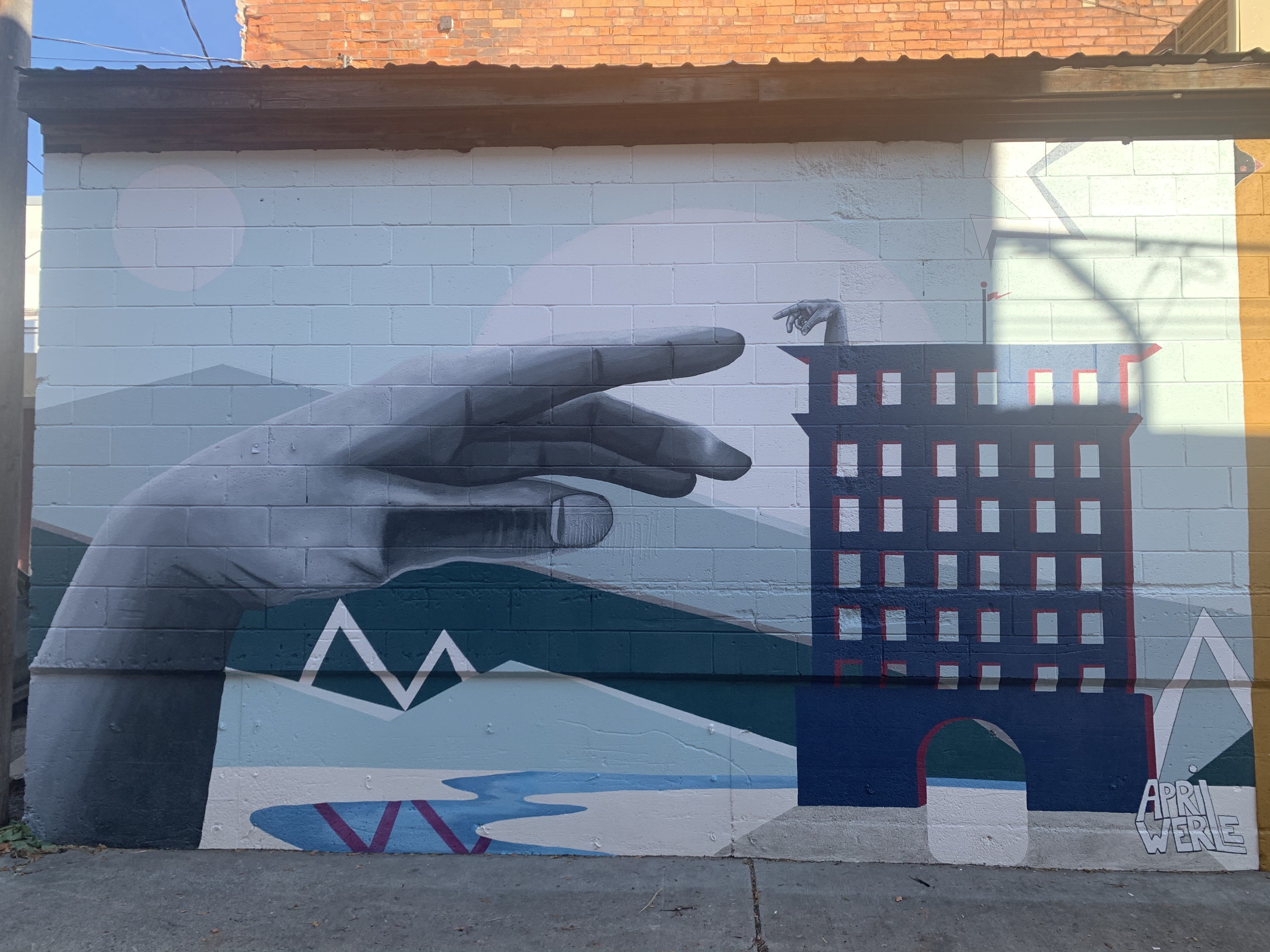
(Completed) After sitting down with Missoula BIPOC, I felt a new sense of myself. I cried, laughed, and trudged through these conversations, that expansively had hills and valleys. It never occurred to me that these things I’ve felt and felt like I was alone in feeling were shared with so many people no matter their difference in race or upbringing. The experience of being the “other” in a white culture has pretty distinct effects. I discovered that the identity crisis I’ve always had that will always be morphing, is an identity crisis that is shared.
Being a first generation American, and/or a multi-racial American, seems to cause this insecurity within ourselves and our sense of belonging. It is a constant battle inside our heads, “Are we different enough to be ‘different’, do we seem too white to be a ‘Person of Color’?”
After receiving this commission, I had a nightmare that I was in a grocery store with my little sister, we are both Filipino-American, and suddenly chaos was roaring. Security at the door were lining people up, and strategically only letting People of Color exit to safety. They stopped my little sister and I from leaving, and when questioned about our identity I felt despair at the bottom of my gut. I tried to speak Tagalog, but I wasn’t fluent,so it wasn’t enough. “You are white.” I looked down at my little sister, and looked around at the burning shelves of food and grenades being launched and felt so desperate and scared and apologetic to my sister that I couldn’t save her. I
woke from my dream with dry sobs.Going into these Zoom calls, I was worried that I was going to be interpreted as not “other” enough. That I was too white passing and shouldn’t be representing anyone. But as each interview went by, I realized that these fears were shared. Some of the BIPOC individuals were fearful that I was going to think they weren’t “different” enough to be heard or included either. What I discovered gave me comfort and a new discomfort at the same time. I was happy that I wasn’t alone, that there’s a community here that shares my experiences, but grossed out to realize that this is the product of assimilation, something that I’d never connected before. Assimilation has made us afraid to publicly claim our non-white cultures, whether that be fear of being unaccepted or in other cases fear of being in physical danger. And thus has isolated us from each other.
“Connecting to my other half.” is inspired by these 13 conversations, 10 of which I have permission to share with you. I hope you will listen to some or all of them. I hope if you are BIPOC, you’ll find a sense of community here, or if you are a white ally, you’ll better understand how you can help your friends of color in our community.
-
STELLA'S MURAL
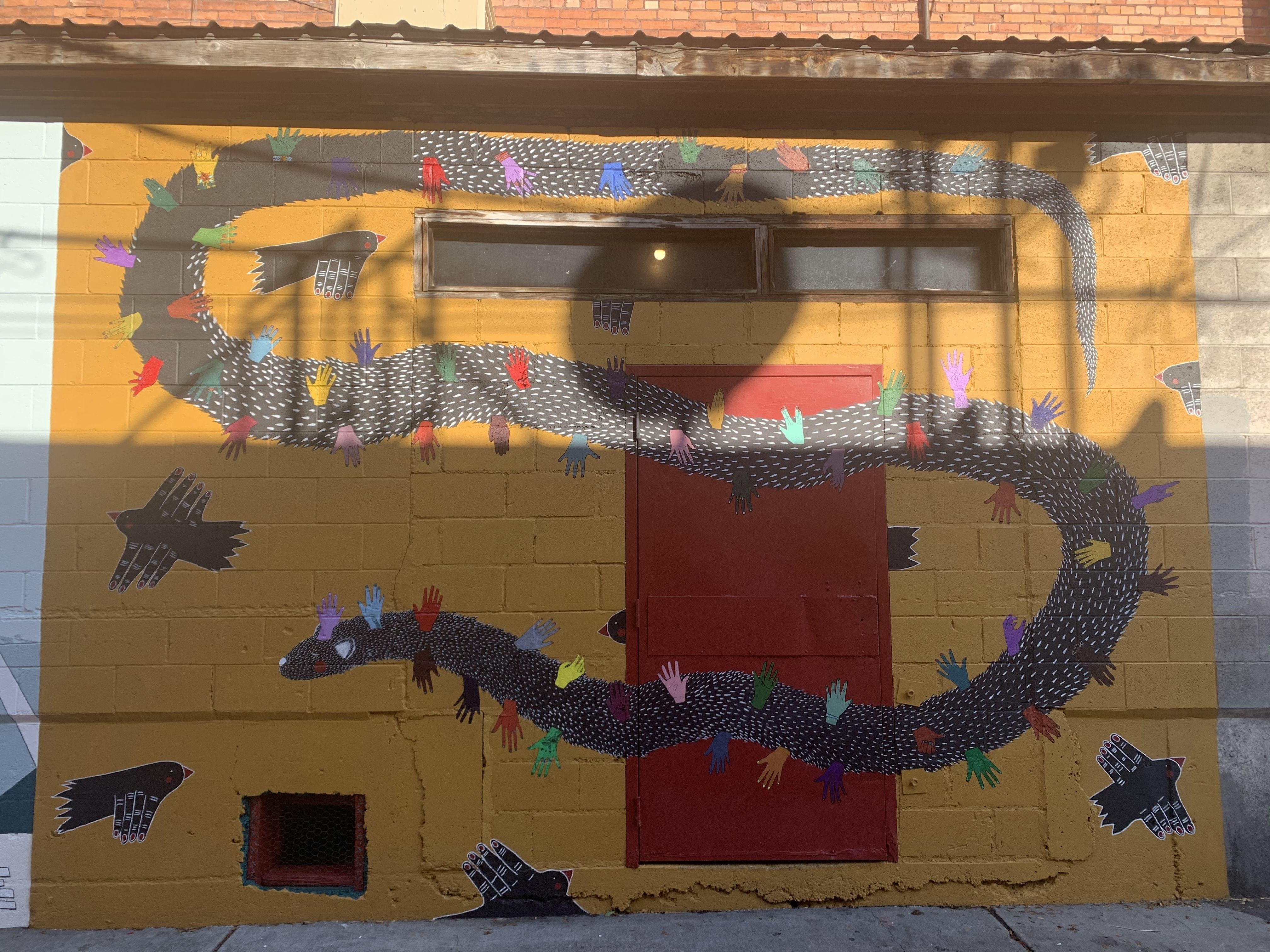
(In progress) My goal in this project is to facilitate community connection, and to bring forward some of the many wonderful voices that we have here in Missoula. I love art projects which invite participation, especially when collaborators can tangibly see their individual contributions in the final product, and wanted to design my mural with these things in mind.
I began the process with an open call which invited Missoulians to send me photos of their hands, their favorite colors, and some words that they would like to share with the community about themselves. I tried to reach as many people as possible, and distributed the call through social media and posters around town.
I then digitally illustrated the submissions, and recreated them on the wall with paint! Each hand on the creature is a depiction of someone who lives here in Missoula, and is rendered in the color of their choice.
In conjunction with the mural, I am creating a digital book of the illustrated hands paired with the names and statements given by each participant. I hope for it to act as a map or key that can be referred to whilst looking at the mural, in order to listen to and connect with the stories of each person that is on the wall! I will share a free link to the book upon its completion, so that it is accessible to anyone who wants it. -
WILLOW'S MURAL
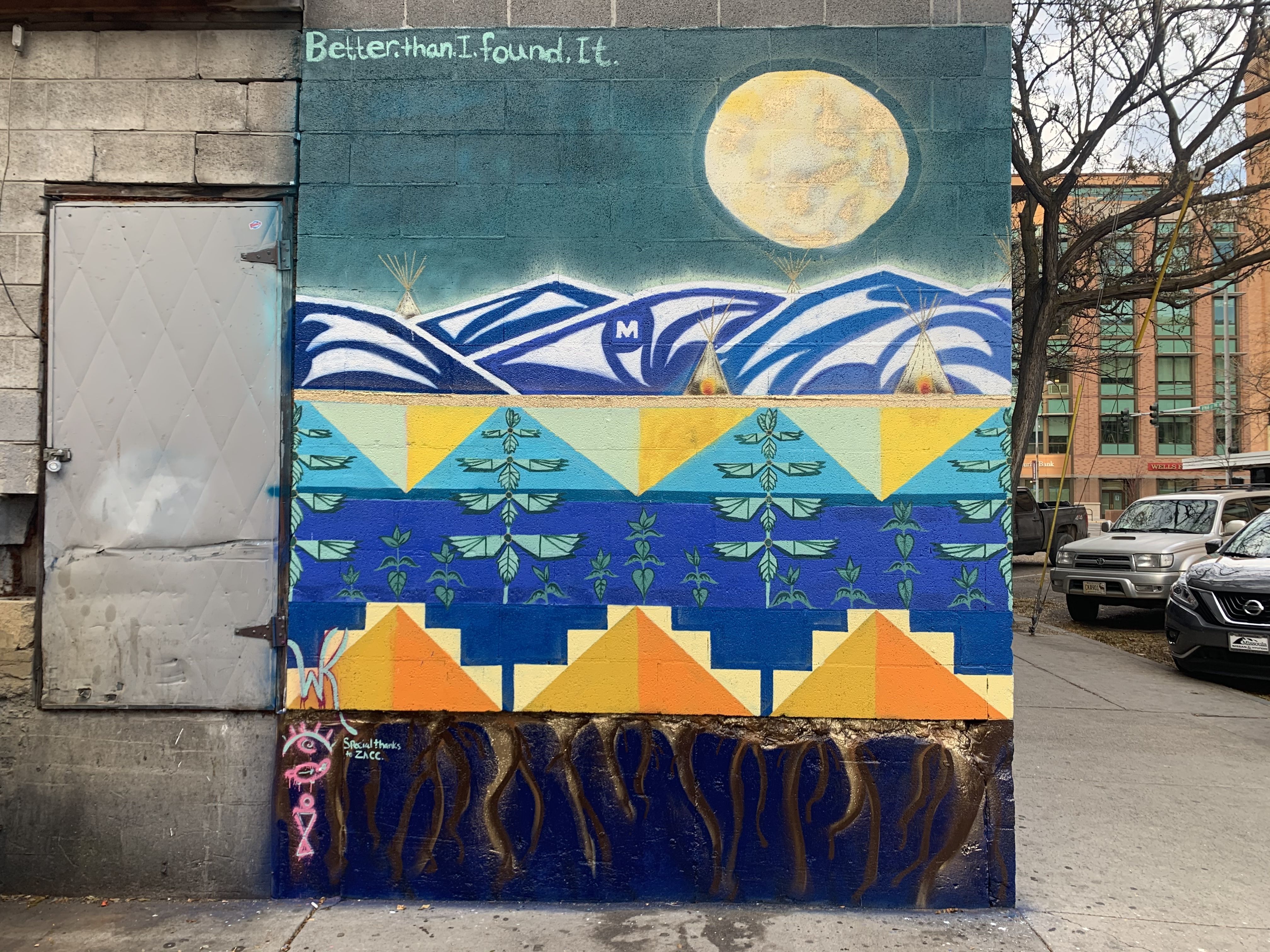
(In progress) I come from the Blackfeet tribe, which is one of the seven federally recognized reservations located in Montana. The other side of my heritage comes from the Shoshone/Bannock tribe located in Eastern Idaho and both of these tribes belong to the underrepresentation of Indigenous people in Missoula. Missoula is one of the fortunate city locations in Montana to be the home of a large Indigenous population, yet it lacks the knowledge of its heritage and roots. Having greater Indigenous representation through artwork in Missoula is an avenue to recognizing its rich history rooted within the Indigenous people here. My artwork highlights my cultural roots, which is a piece of Missoula’s roots and I am honored to help bring awareness to this purpose.
This is a dream project because of its potential to pave the pathways for Missoula to become a more inclusive city to its Indigenous residents. I can see this project being a doorway for Indigenous artists having a voice through the city and being able to represent Missoula's heritage by creating art influenced by our culture. For me this is an opportunity to showcase my artistry skill in my own hometown and also pioneer the future representation of my culture.
My welcoming mural is styled in Blackfeet geometric florals and geometric mountain designs. The florals represent the indigenous plant species in this area (bitterroot, serviceberries, mint, chokecherries). All native plants carry important medicinal/healing properties and are very common for most tribes in MT to use on a regular basis. The reciprocity that helped shape welcoming the first settlers into these lands is represented. This image that represents the Blackfeet lineage and modern-day culture offers all of Missoula a warm and beautiful welcome.
THANKS TO OUR PROJECT SUPPORTERS!
This project would not be possible without the generous support of the National Endowment for the Arts, the support and permission of the owners of the building at 201 W Broadway, and the enthusiastic participation of the Missoula Import Market, the Bodega Bar & Grill, and Monk's Bar. We are so grateful for their participation in this important community art project, and hope the lasting impact of these murals will bring more public art into Missoula's downtown streets and alleyways.
